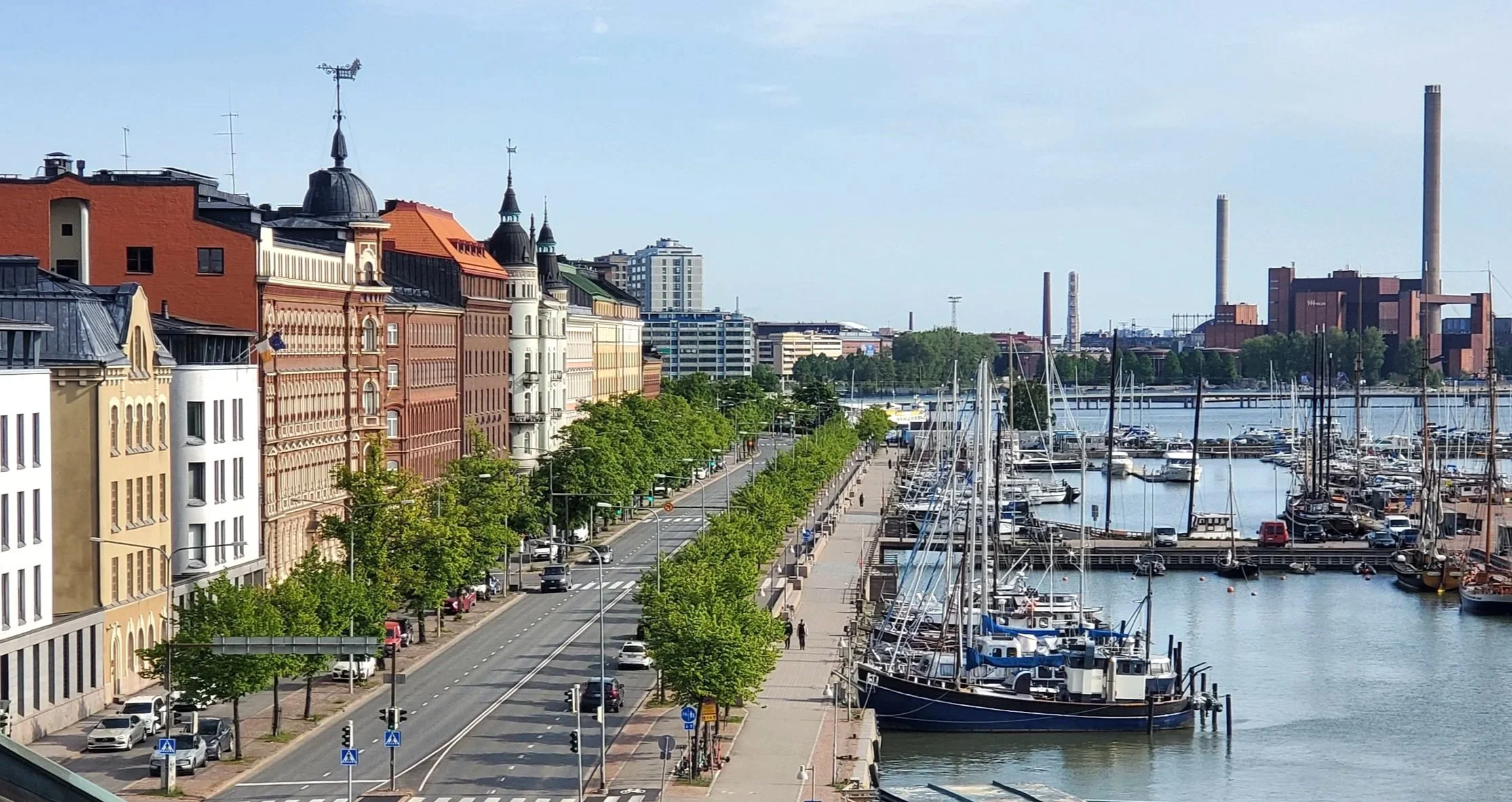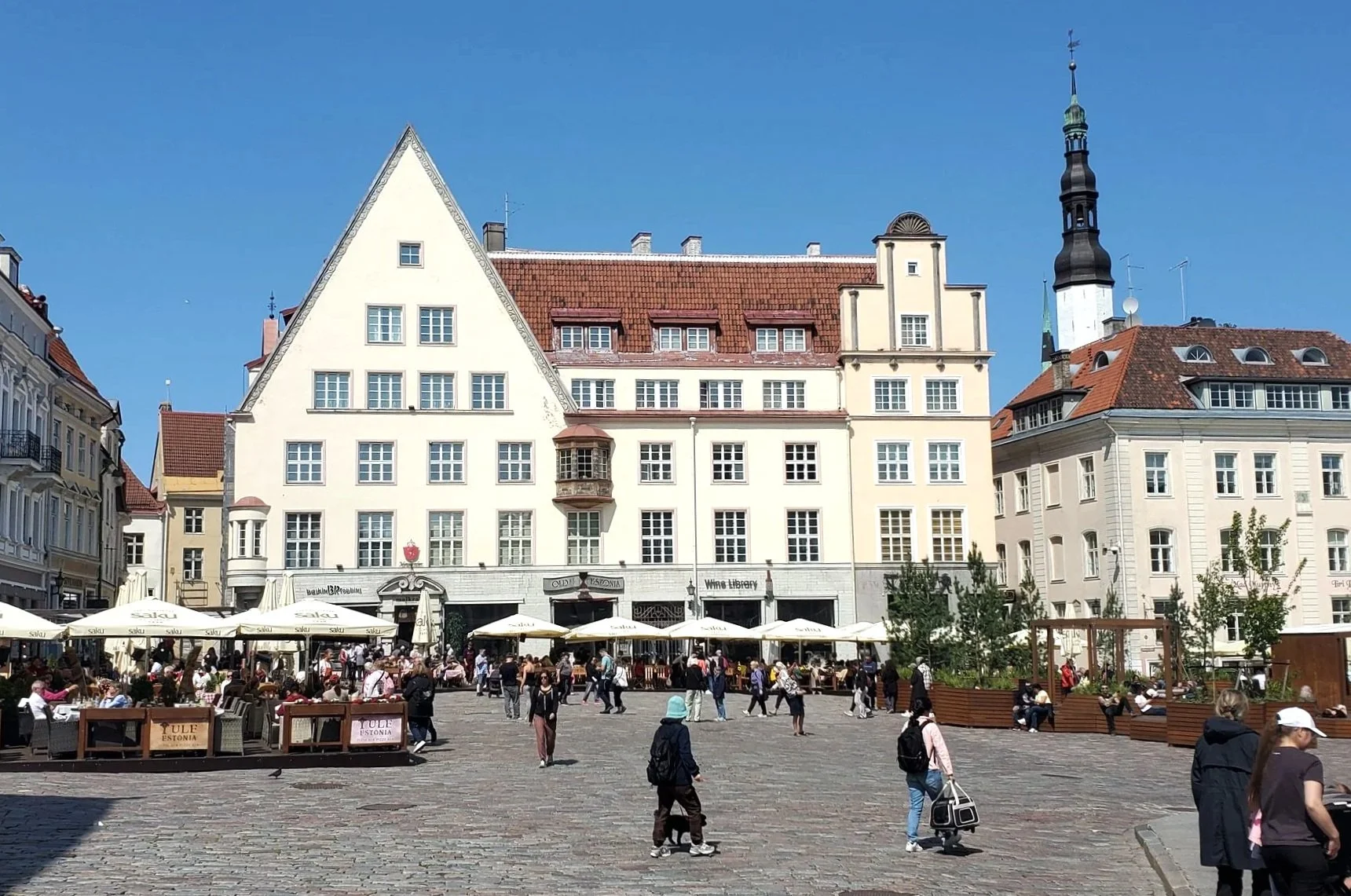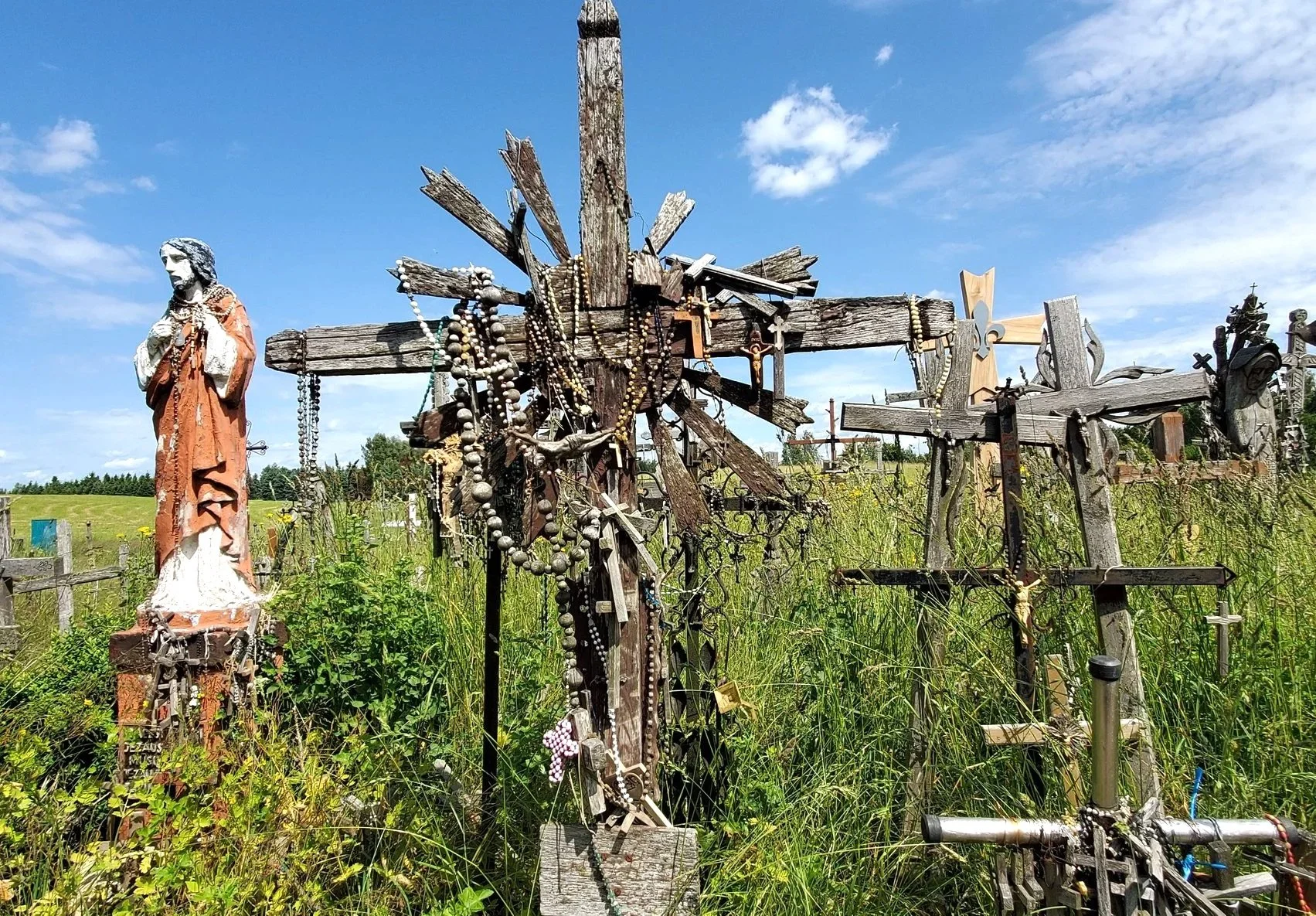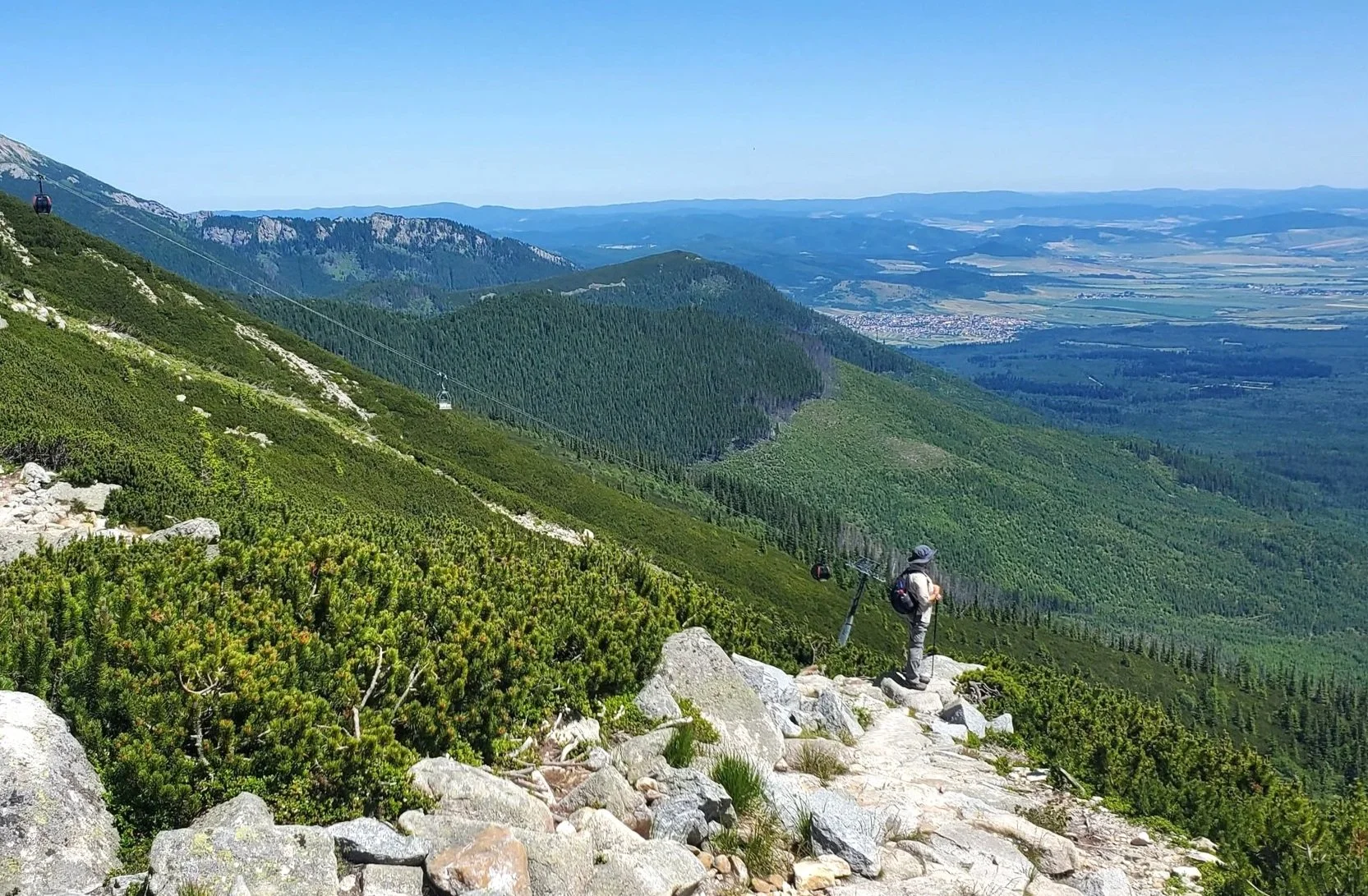Highlights of Ethiopia
/RELIGIOUS TUTORING LALIBELA
In January 2011 we spent 2 weeks in Ethiopia at the end of a two and a half month African trip that traversed parts of South Africa, Namibia, Zimbabwe, Zambia, Botswana, Gabon, Sao Tome, Ghana and Togo.
With time short for Ethiopia, a large country where travelling can be slow, we went for the easy option of having a driver and guide for most of the trip. We wanted to squeeze in as much as possible. We used a local tour company – Greenland travel, who were very good.
We flew into Addis Ababa getting a visa on arrival with no hassle.
ETHNOLOGICAL MUSEUM
Next day was spent exploring Addis with the Ethnological Museum being a highlight.
MARKETS aDDIS ABABA
Next morning we were met by our guide, Eskedar, a well educated young man with reasonable English. We'd assumed we would have different guides in each location we were to visit so we presumed that Eskedar's job was just to make sure we got on the right plane as we were flying that morning to the the town of Lalibela. Not so, as we discovered Eskedar was to be our personal guide for the next 10 days or so. While we were a little perplexed at this prospect at first, Eskedar turned out to be a good guide, doing what needed to be done for things to go smoothly, but disappearing when he wasn't needed. His services certainly added to the trip and gave us many insights into Ethiopian culture, history and way of life we would otherwise have missed out on.
HAND HEWN CHURCH, LALIBELA
So, the 3 of us made the two and a half hour flight north to Lalibela, city of the famous hand hewn stone churches.
st George's Church, Lalibela
In terms of religion Ethiopia has a Christian majority (roughly 65% with the largest group being Ethiopian Orthodox) and a third Islam, with small numbers of traditional faiths. In the north of the country are the most important Orthodox sites with Lalibela at the top of the list.
St George's CHURCH
Lalibela is a UNESCO World heritage site made up of 11 medieval rock-hewn churches built in the 12th and 13th centuries. The Church of St George, Bet Giyorgis, is undoubtedly one of the world's most amazing religious buildings. It is 15 metre high, 3 story, crucifix shaped building created by cutting down into the rock.
priests, lalibela
We stayed several days in the region which included a visit to Yemrehanna Kristos, 45 minutes drive from Lalibela. Our visit coincided with the Epithany of the Church's Saint when worshippers parade their most sacred object, a replica of the Arc of the Covenant (known as the holy of holies). Each church has one. The procession, with much trumpeting and excitement, ended on a flat ridge where everyone settled in for an afternoon of sermons and celebrations.
Priests, yemrehanna
From Lalibela we flew to the ancient city of Aksum near the Eritrean border, the fabled 10th Century BC capital of the Queen of Sheba.
Door, lALIBELA
While waiting at the airport we noticed a clock said 3 o'clock when it was in fact 9.00 am. We dismissed this as a stopped clock until we noticed that all the clocks in the terminal said 3. We asked Eskedar. Ethiopia, we discovered, has it's own time system. The sun rises in the morning at 6 am and this is considered to be midnight. After the first hour of daylight it is 1 o'clock (7am) etc, hence 9 am is 3 o'clock. The lesson being that, when travelling in Ethiopia, always check whether your bus/plane/tour is leaving on Ethiopian or Western time.
FUNERAL PROCESSION, NORTHERN ETHIOPIA
Just to add to the fun there is also a 7 year calendar difference so in the Western calendar year 2015 is 2008 in the Ethiopian calendar.
Dusty Aksum has a number of attractions: massive stone stelae weighing up to 500 tonnes and 33 m high and reputed to be 1800 years old and of mysterious creation; stelae field tombs with many still considered to be undiscovered; the tombs of Kings Kaleb & Gebre Meskel; and the Queen of Sheba's Bathing Pool.
sTELLAE, AKSUM
Coffee Break, Cally and Eskedar
We drove from Aksum into the spectacular Simian Highlands where we encountered bleeding heart baboons and local goat herder children.
Bleeding heart baboon
GOAT HERDER CHILDREN, SIMIAN HIGHLANDS
Ethiopian Highlands
It was then on to Africa's Camelot – Gondor, with it's 17th century castles and palaces. It was Emperor Fasiladas capital from 1636 until looted by Sudanese Dervishes in the 1880's. But there is a lot still in tact so it's definitely worth a couple of days.
Gondor
Gondor
Threshing Tef
Our last stop before returning to Addis was Bahir Dar on Lake Tana with it's collection of islands and monasteries. There are 20 monasteries on the 37 islands. Lake Tana is also the source of the Blue Nile and the Blue Nile Falls are located 32 km south east of Bahir Dar. Hippos are also common in the lake.
ISLAND, LAKE TANA
Monastery, Lake tANA
Monastery, lake tana
CROSSING TO THE MONASTERY. WATCH OUT FOR THE HIPPOS.
On our final night in Bahir Dar we went with our guide and driver to a traditional kitfo restaurant (which is a traditional lean mince dish, served warmed, but not cooked for the purists, though we had ours cooked), and then on to a traditional nightclub for some beers (St George of course) and Ethiopian dancing – it's all in the shoulder movements. A good night was had by all.
Ethiopian traditional 'nightclub'
It was then back by plane to Addis for a final day before heading home via Dubai.
TRADITIONAL meal, ingiera AND A RANGE OF DISHES
Ethiopia was a truly fantastic experience. The people were warm and welcoming (and there are a lot of them). They are a people proud of their culture, language, history and traditions and they want to be known for these things and not the 80's image of famine and war.
lOCAL MARKET DISCUSSIONS
MARKETS, BAHIR DAR
We would recommend it highly to anyone who wants a trip rich in learning and new experiences out of the ordinary.
Ken






















































































